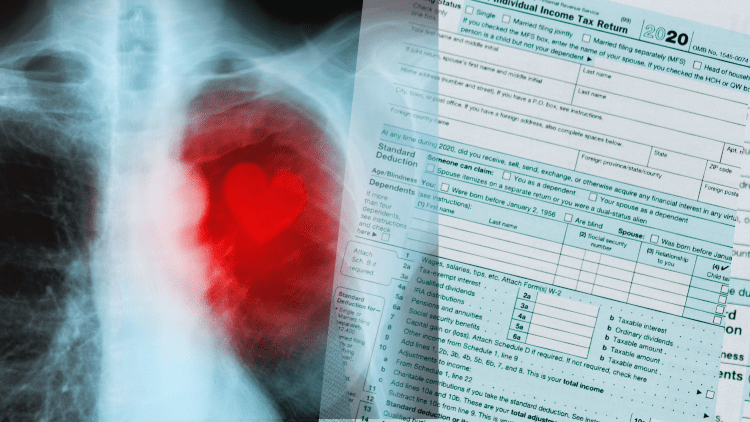Comparisons Between Pfizer’s EUA, Pfizer’s Cumulative Analysis of Post-Authorization Adverse Event Reports, and New Studies Raises Several New Questions

There was a recent study that was published on January 25, 2022 with data compiled from December 2020 through August 2021.
There is a cross over in timeline between that new study and Pfizer’s Cumulative Analysis of Post-Authorization Adverse Event Reports, document 5.3.6.
Document 5.3.6 contains data from December 2020 to February 2021. This recent study has been showing a much higher risk of myocarditis than what was presented in document 5.3.6.
If you go to table 2 of the January 25, 2022 study, found in the third tab up at the top of the study linked above, you can see what I am about to refer to. Expected cases of myocarditis in male children aged 12-15 was 0.53 per million doses. Reported cases on VAERS after a second dose in that age group was 70.73 per million doses. That is 133x more than what was expected.
Children aged 16-17 is a comparison we can make between the January 25, 2022 study and the Pfizer data, but we need to keep in mind that document 5.3.6 groups everyone ages 16+ together and did not mention any specific age brackets. On that same table from the January 25, 2022 study, you can see that expected cases of myocarditis for males aged 16-17 was 1.34 per million doses, but the reported cases on VAERS after a second dose was 105.86 per million. That is 79x more than what was expected.
Going back to document 5.3.6, if you go to page 16, you can see where they have listed cardiovascular AESIs. Out of the 1,403 cases we have 41 cases of myocardial infraction and their conclusion is that it “does not raise any new safety issues” and that “surveillance will continue.”
Now that there is new information available, how are there no changes in policy towards vaccinating children when there are statistics showing that cases of myocarditis is 133x and 79x more than what was expected? Surely this would qualify as a “new safety issue.”
If this is not new information, like document 5.3.6 states, why does Pfizer’s EUA Memorandum not reflect this information? This is incredibly strange. There appears to be several inconsistencies and there are several things that are not adding up between all of the documents that are now available to us.




